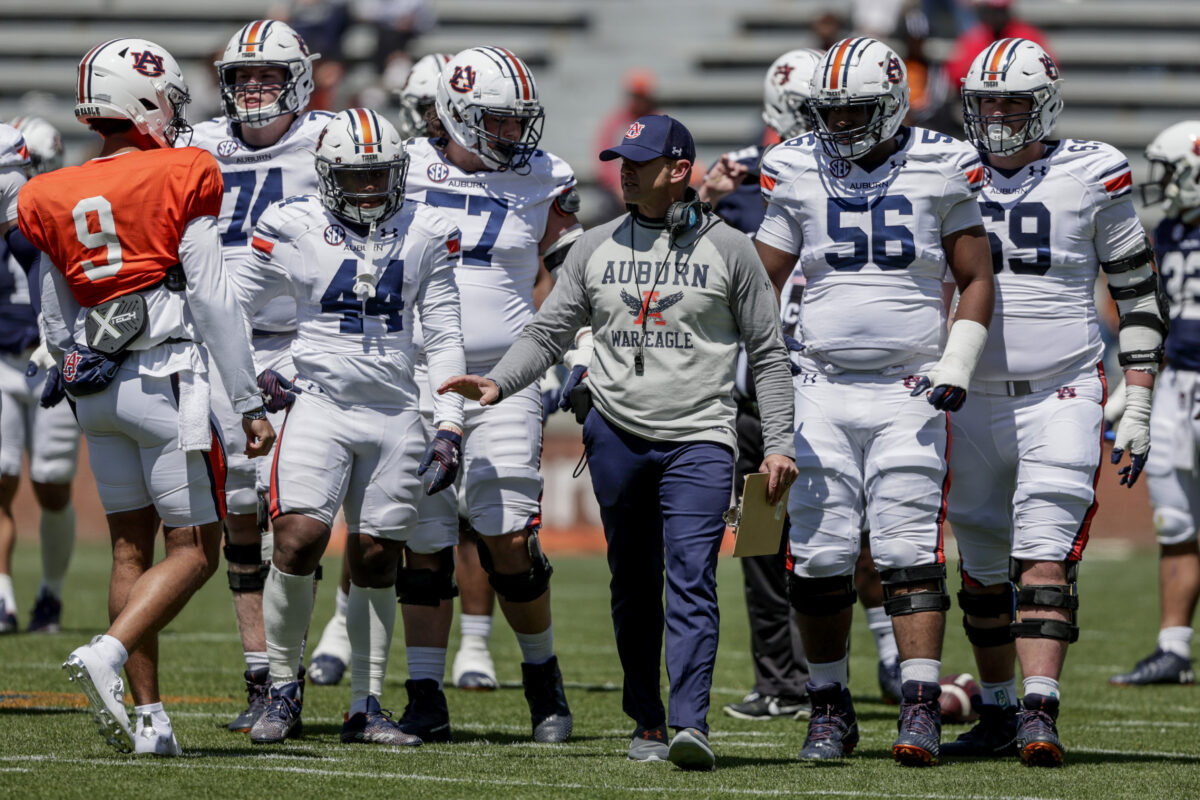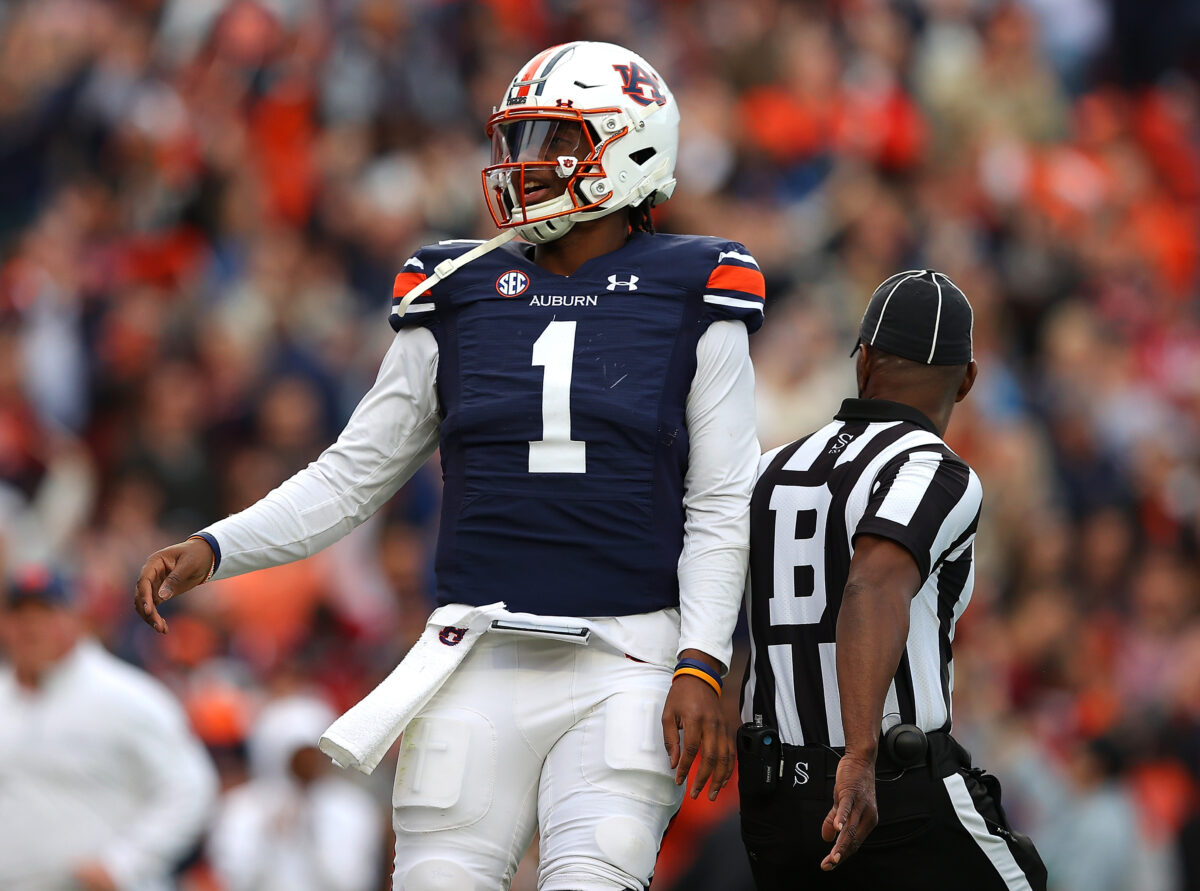On Monday Bill Connelly of ESPN released his updated SP+ metrics. This piece of analytics measures a team based on three categories.
- Returning Production
- Recent Recruiting
- Recent History
Offense: 31.7 (No. 40)
The offense is in the top 50 but it still leaves a lot to be desired. The unit did lose a lot with Kobe Hudson and Bo Nix leaving. These two veterans left a void for less experienced players to try and fill.
Still, the offense has their top running back in Tank Bigsby and backup Jarquez Hunter, who will look to be the featured players on offense. The success in 2022 will depend on who wins the quarterback job and a few wide receivers stepping up to the plate.
Defense: 17.7 (No. 11)
The strength of this team comes from the defensive side of the ball, at least that is how the metrics see it. The Tigers’ defense led by new coordinator Jeff Schmedding cracks the top 12 in the country based on Connelly’s metric.
The team returns the one-two punch at pass rusher with Derick Hall and Colby Wooden. Not to mention Owen Pappoe at the second level. On the backend, Nehemiah Pritchett and Zion Puckett look to hold it down along with a few newcomers.
Overall: 14.0 (No. 22)

Auburn still finished among the top 25 in overall SP+ as they land just ahead of SEC foe, the Florida Gators. It would seem that the data is higher on the team heading into the 2022 college football season than the analysts are.
With a lot of pressure already on the team and head coach going into the season, the road isn’t going to be easy. Especially with one of the toughest schedules in the country.
We will soon find out if a diamond can be formed from the pressure or will it all crumble under Harsin.
[mm-video type=video id=01g37q0whwr6z0syaayc playlist_id=01eqbyzb4ahnasj2m3 player_id=01eqbvp13nn1gy6hd4 image=https://images2.minutemediacdn.com/image/upload/video/thumbnail/mmplus/01g37q0whwr6z0syaayc/01g37q0whwr6z0syaayc-a28e49811620ce2cd7edb503d16139fd.jpg]
[listicle id=47778]

